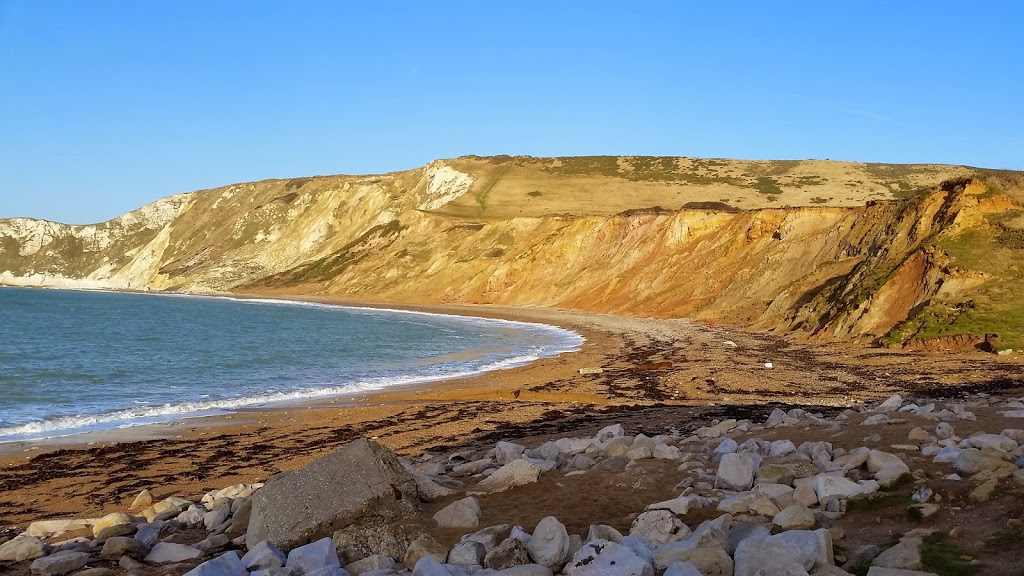The shortest day has passed, welcome to the longest month. Find out what to do and see with this guide to January seasonal events and outdoor activities.
Nature has undoubtedly mastered the art of winter gardening and even the most experienced gardener can learn from the unrestrained beauty around them.
Vincent A. Simeone
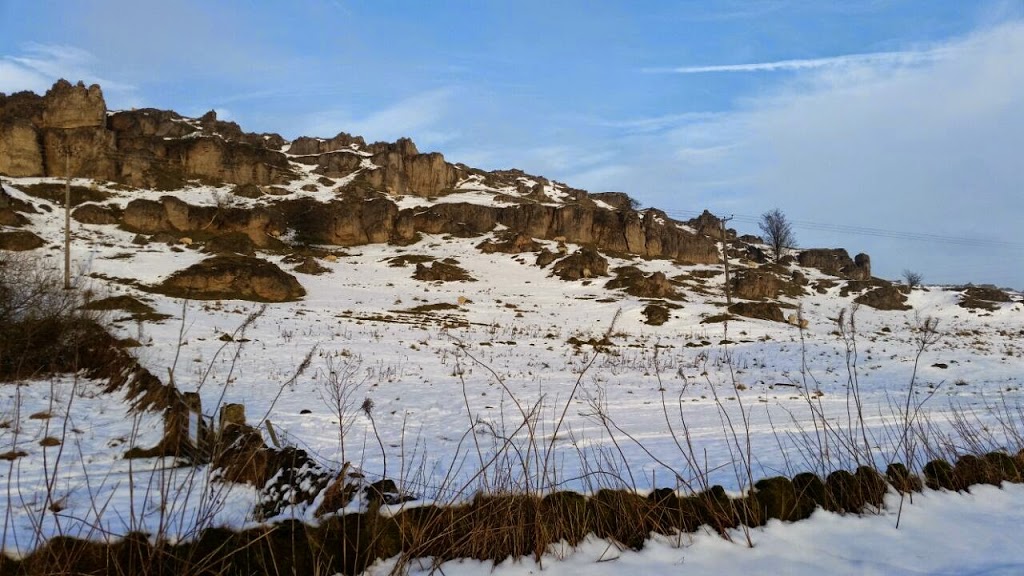
January can seem to be the longest of months. The joy of Christmas is past, and it starts with the hangover of New Year. Expectations are high from resolutions made, and plans for the year ahead can include fitness, wealth and happiness. Yet it is still dark, and often wet and frequently cold. January can be the real start of Winter, with Icy blasts from the East or North. Energy levels are low, and because of this, it is no time to make plans.
As the month progresses, there are signs of life. By the end of the month, the days are getting longer and even if it is icy cold, the first signs of spring start to show.
Dates, events, holidays and festivals.
Jump to....
January 2024
Public holidays
1st January – New Year’s Day
2nd January – New Year’s Day Bank Holiday (Substitute day)
Seasonal, astronomical and nautical events
1st January – New Year’s Day
11th January – New Moon
17th January – First Quarter Moon
25th January – Full Moon
31st January – Last Quarter Moon
Festivals and events, religious, traditional and sporting
5th January – 12th Night, Twelfth cake to be eaten
5th January – World Mountain Bike Chariot Racing Championship
6th January – Epiphany
6th January – 12th Day and Wassail Day
6th January – Stroud Wassail (Other wassails are available, tell me more).
15th January – Sandford Orchards – THE WASSAIL
25th January – Burns Night
27th January – Holocaust Memorial Day
Find more events and notable dates throughout the year
January seasonal foods
What foods are seasonal in January.
Greens and leaves: Brussels sprouts, winter cabbage, savoy cabbage, Cauliflower, Chicory, Purple sprouting broccoli, Pak choi, Radicchio, Kale.
Roots and other veg: Beetroot, Celery, Celeriac, Jerusalem artichoke, Leek, Onion, Spring onion, Parsnip, Sweet potato, Maincrop potato, Swede, Turnip.
Meat: Beef, Chicken, Goose, Pork, Venison,
Fruit: Chestnut, Bramley apple, Pears.
Seafood: Cod, Crab, Mussels, Oyster.
Exotics: Banana, Clementine, Date, Grapefruit, Lemon, Orange, Pomegranate.
Find out more about seasonal foods throughout the year with a guide to Seasonal foods.
In nature
Snow, frost, mice, owls, mud, darkness. This can be the coldest time of year with the greatest chance of Snow in many places.
A good time to plant trees and hedges if the ground is not flooded or frozen.
On the farm in January
It is a time for general farm maintenance such as hedging, tree planting, ditch and drainage clearance and fencing. Other ongoing repairs.
Sheep are in lower pastures and being given additional feed such as hay, beets, Wurzells and Sheep nuts.
Calves are weaned at end of the month and fed on concentrates and sugar beet. Cows loafing close to or within Barns helps protect the pasture from compaction and trampling, and there is little or no plant growth.
It is a time for manure and slurry spreading, especially hay and silage fields.
Find out more about what is happening in the Year on the farm
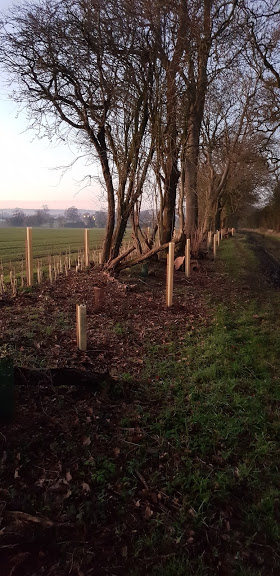
Things to do in January
Also, see the Out and about Blogs
Frosty days and dark nights
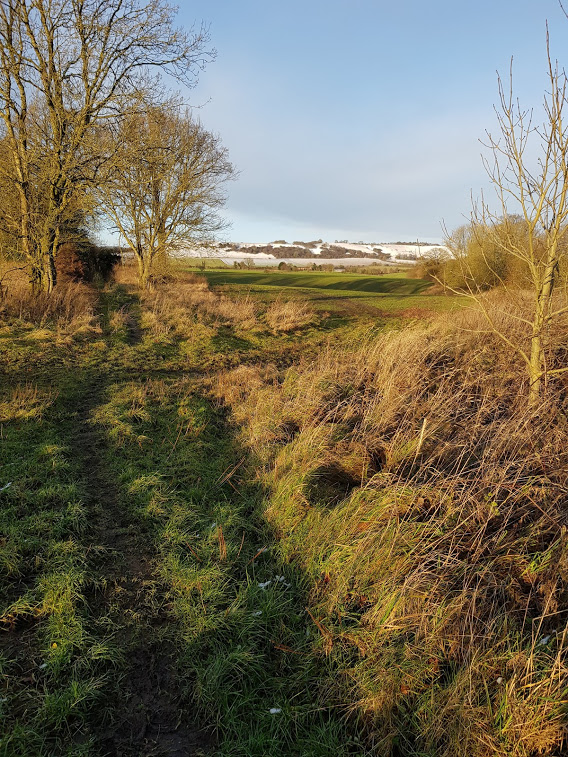
Recipe of the month.
leek and potato soup
A classic, simple winter warmer using the best of what’s seasonal. No need to be exact with the ingredients, it is not a recipe to be serious with – have faith. Add lentils or chicken for a meatier texture with more protein.
Ingredients
2 tablespoons (50g) butter or oil (or both!)
4 good leeks
1lb / 450g potatoes
1.8 pints / 1-litre vegetable or chicken stock
Just under half-pint / 225ml milk
Salt and pepper to taste
Equipment.
Largish pan.
Blender or liquidiser of some sort (or leave rustic, but chop the leeks quite fine).
Preparation
Clean the leeks: remove any damaged areas or faded green, trim the tip of the green end.
Slice the leek lengthways almost from the base to the green top. Then wash the leeks under a running tap, green end down (upsidedown), opening the leek up to allow the water through. This will ensure that any grit gets washed away.
Chop the leeks. This does not need to be exact.
Clean the potatoes, no need to peel. Chop into cubes.
Cooking
Heat Oil/butter.
Sweat leeks for about 10 minutes over medium heat.
Add potatoes and stock. place the lid on the pan and simmer fastish for 15 – 20 minutes.
Test potato to ensure it’s cooked. If not, cook for a while longer.
If you have a blender, blend.
Add milk. Enjoy!
Will freeze.
For more inspiration see the Food Blogs
January in the vegetable garden or allotment
General Jobs
Clean pots and seed trays.
Digging and spreading compost and manure.
Prune fruit bushes and trees. Shred and compost healthy, burn or green bin diseased.
Repair fencing, check wires and ties.
Continue to force chicory, protect cauliflower and parsley, start forcing rhubarb.
Sowing and Planting
Indoors: sow – Broad beans, Cauliflower, Leeks, Onions, Peas, Radish, Salad leaves, Spinach. Sow salads and radishes. Most will need some heat to get them going, and protection from frost.
Outdoors: Plant trees and bare-root shrubs and fruits.
Plant rhubarb and split overgrown rhubarb and replant.
Plant Garlic if ground not frozen. Similar broad beans else set beans in pots undercover.
Harvest
Brussels sprouts, Cabbages, Cauliflowers, Celeriac, Chicory, Endive, Jerusalem artichokes, Kale, Leeks, Parsnips, Sprouting broccoli, Swede, Winter radishes.
Find out more about what is happening in the allotment or vegetable garden
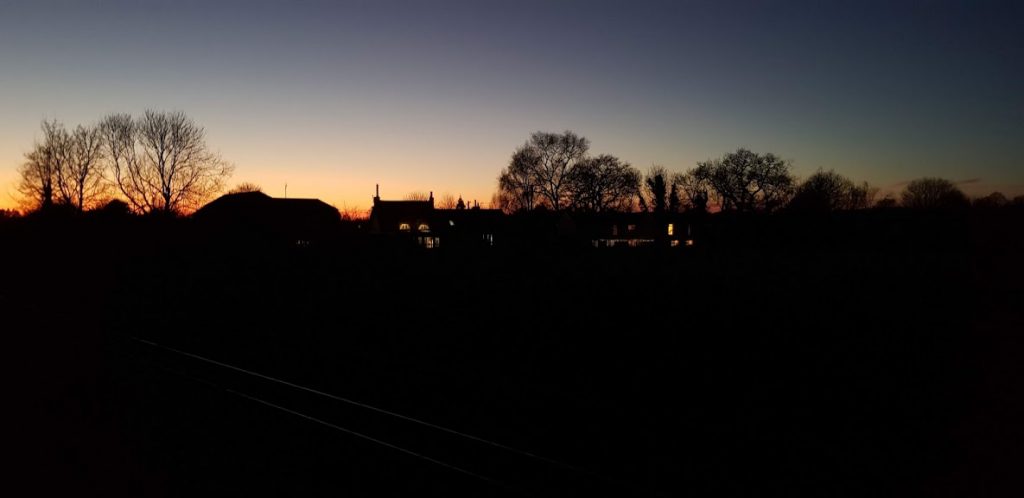
Activities, things to see and do in January
With short days and seemingly endless nights, January can feel like an eternity of nothingness. However, it is possible to get outside and see things and be refreshed. By the end of the month, there are the first signs of spring. If we are lucky we can have beautiful crisp, dry days and crystal clear nights. Time to wrap up and get out – even in the dark!
If it is frosty around the 17th of January, when there is a full moon, get outside. The light of a full moon on the frosty ground is quite beautiful. Let your eyes adjust, no need for a torch (except for safety near roads or dealing with obstacles). If you are lucky you may see owls flying, or badgers out and about. Look up – the universe is looking down on you.
Thinking about getting out and about, then perhaps Buy OS Landranger maps direct from Ordnance Survey to discover new places or see the latest handheld GPS devices with bundled mapping from Ordnance Survey.
Also, see the Out and about Blogs
Sign up for a newsletter.
January in pictures

Winter Downs 
Clevedon Pier 
Friosty Canal 
The great outdoors
